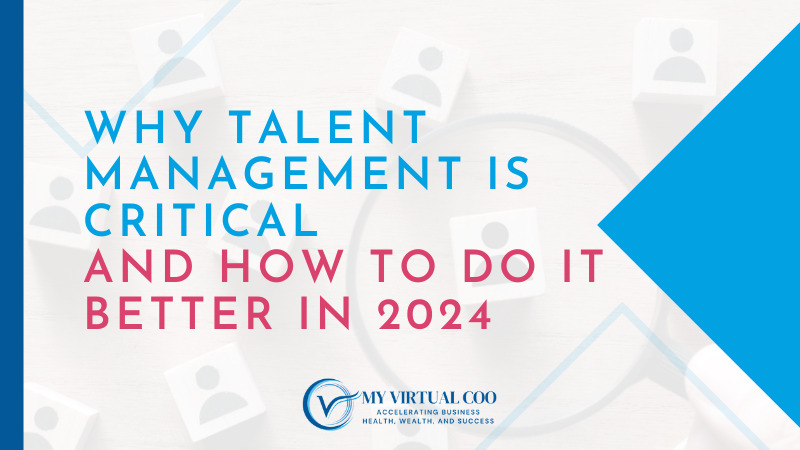“Quiet hiring” will create new avenues to snag in-demand talent. According to Gartner, quiet hiring is a HR tactic used to promote internal talent mobility and allows an organization to “acquire new skills and capabilities without adding new full-time employees.”
In response to The Great Resignation (also known as The Great Reshuffling or The Big Quit), organizations are rewarding high-performing employees with raises and promotions while asking them to expand their roles—effectively upskilling staff while saving the company time and resources that would otherwise be needed to secure a new hire.
At least, that’s how it plays out in an ideal world.
Forbes, Fortune, and Multiplier are among those drawing attention to this trend, and they’re all asking the same question: is Quiet Hiring the answer to The Great Resignation?
Let’s dive in.
Quiet hiring/Quiet quitting/Quiet firing
It seems everyone’s allergic to confrontation in the labor market.
On one side, employers are intentionally behaving poorly to push employees to quit in an act of quiet firing.
On the other, employees are losing motivation in their work and doing the bare minimum to get by, effectively quiet quitting.
The result? Poor morale, decreased productivity, and a stagnant business.
Quiet hiring promises a solution to these trends, and Gartner claims it manifests in one of three ways:
- A focus on internal talent reorganization to allow staff to address emerging priorities while maintaining the current headcount
- A company providing stretch and upskilling opportunities for current employees while meeting changing organizational goals
- Leveraging alternate avenues for flexible talent, such as gig workers and alumni networks
But quiet hiring isn’t always a tidy solution.
Workers may get frustrated if they’re pushed toward roles in which they have no interest, and those who end up overloaded risk burnout.
That probably leaves you wondering: how can business leaders take the best aspects of this practice and apply them for everyone’s benefit?
Here are 5 Strategies to tidy up your Quiet Hiring plan:
- Invest in mentoring and cross-training programs.
- These will benefit employee personal and professional development through strengthened relationships, improved self-confidence, and access to a wider network.
- Schedule regular reviews and check-ins with staff.
- During check-ins, management and HR can gauge employee job satisfaction and provide guidance on work priorities. A regular review schedule with defined success metrics will give employees a clear picture of the targets they’re looking to hit for the year—and how they’ll be rewarded for their success.
- Get comfortable moving beyond traditional talent channels.
- “Organizations can no longer meet their talent needs through traditional sourcing methods and candidate pools. Plus, hiring managers are less concerned with industry experience and technical skills than they once were.,” Gartner claims in its report.
- Keep your options open, whether that’s by leveraging contractors or considering staff for roles for which they might not have the exact industry experience and technical skills you’d typically require for that role.
- Support your management.
- Gartner also predicts that 2023 will see managers getting caught between leader and employee expectations, weakening a critical link in your organization if there’s no support for these team players. Pair that with the fact that 60% of hybrid knowledge workers report their direct manager is one of the top two influences on their tie to organizational culture and you’ve got a major culture crisis on your hands in the face of inaction.
- Understand the limits.
- Even if an employee is interested in expanding their role, the work could become overwhelming. Provide an outline of work priorities so employees understand where to focus their efforts if deadlines conflict. This will help reduce burnout and improve staff retention.
So, is quiet hiring the only answer to The Great Resignation?
Maybe not—but you should absolutely be aware of its implications for your business and know how to address it if it emerges.
Interested in more content like this? Subscribe to our email newsletter or go to our DIY Lessons and Templates.






